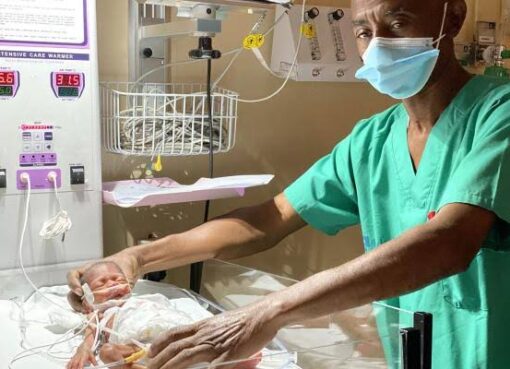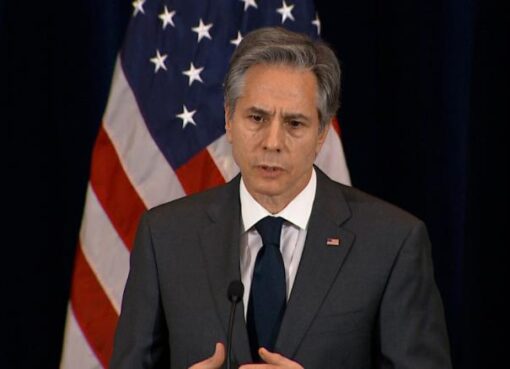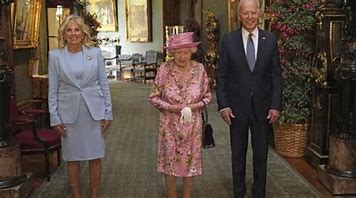The new global high overtakes last year’s record by 20 per cent and marks another grim milestone in a deteriorating media landscape.
The number of journalists behind bars reached a global high in 2022, according to a new report from the non-profit Committee to Protect Journalists (CPJ), which says that 363 journalists were imprisoned worldwide as of 1 December.
CPJ said in its annual prison census that the new global high overtook last year’s record by 20 per cent and marked another grim milestone in a deteriorating media landscape.
“The prison census trends toward higher arrest rates of journalists, in tandem with creeping authoritarianism around the globe,” said Arlene Getz, CPJ editorial director. “Press freedom — essential to the preservation of democracy — is one of the first targets of regimes that seek to weaken or fully undermine democratic norms, so it is no surprise that as despots rise to power, journalists are increasingly under threat.”
“With the number of jailed journalists at an all-time high, journalist safety and press freedom are at great risk. Even high-profile cases of targeted journalists end in imprisonment more often than not, demonstrating that reporters globally continue to be suppressed,” Mr Getz said in a statement Wednesday.
This year’s top five jailers of journalists are from Iran, China, Myanmar, Turkey, and Belarus, respectively. A key driver behind authoritarian governments’ increasingly oppressive efforts to stifle the media: trying to keep the lid on broiling discontent in a world disrupted by COVID-19 and the economic fallout from Russia’s war on Ukraine.
In Iran, for instance, CPJ said, dozens of journalists are among the estimated 14,000 Iranians arrested during the crackdown on protests sparked by the death in police custody of Mahsa Amini, a 22-year-old Kurdish woman arrested for allegedly breaking Iran’s hijab law.
Since September, the demonstrations in Iran have spread nationwide, with protesters broadening demands for women’s rights to calls for strikes and the overthrowing of Iran’s leaders. Authorities have imprisoned a record number of female journalists – 22 out of the 49 arrested since the start of the protests are women – a reflection of the prominent role they’ve played in covering this women-led uprising.
In China, another worst offender, authorities tightened online censorship during recent protests over the government’s zero-COVID lockdown policies and several journalists are reported to have been briefly detained while covering the demonstrations.
The CPJ census shows that Iran overtakes China and emerged as the country with the highest number of reporters imprisoned, at 62. China and Myanmar followed Iran’s lead, with 43 and 42 cases, respectively.
CPJ defines journalists as individuals who cover news and comment on public affairs via any medium: print, online, broadcast, photographs, and videos. In its annual prison census, CPJ includes only those journalists who it has confirmed have been imprisoned in relation to their work.
In countries ranging from Russia to Nicaragua to Afghanistan, the group said independent media outlets have been gutted as reporters flee into exile or are intimidated into self-censorship.
“And while suppressive strategies differ between countries, the cases documented in CPJ’s census share a common thread of official cruelty and vindictiveness.”
REGIONAL REPRESSION
Media suppression in China, Myanmar, and Vietnam makes Asia the continent with the highest number of imprisoned journalists – a total of 119.
At least 56 journalists were imprisoned across Africa in connection with their work, CPJ said. With 21 journalists behind bars in Egypt, the north African country remains the top jailer of journalists in Africa.
Eritrea is the worst jailer of journalists in Sub-Saharan Africa, ranking ninth globally. The 16 reporters in its cells have been held without trial or access to their families or lawyers for periods ranging from 17 to 22 years.
Cameroon has appeared in the prison census every year since 2014. It is the third-worst jailer in the continent, with five arbitrarily detained under an opaque judicial system that includes the use of military tribunals to prosecute journalists, who are civilians under international law.
Four journalists were imprisoned in Rwanda. The CPJ said three out of the four reporters have allegedly been subjected to torture and ill-treatment. They are reporters at one of the country’s few remaining publishing platforms as the space for dissenting speech closes down within the traditional media.
Behind Rwanda are Morocco and the Democratic Republic of Congo (DRC) with three and two journalists imprisoned, respectively.
Nigeria, Burundi, Algeria, Ethiopia, and Senegal – all have one journalist in jail as of 1 December.
The relatively low number of jailed journalists – two in Nicaragua, one in Cuba, and one in Guatemala – belies the continued decline of press freedom across Latin America, the report states. The year 2022 was especially deadly for journalists in Mexico and Haiti, and several countries passed legislation that introduced new options for criminalizing speech and reporting, the report said.
In Nicaragua, attacks, arrests, and threats of imprisonment have forced almost all of the country’s independent journalists either into exile or out of their jobs; a similar situation exists in Cuba, CPJ added.
Russia’s restrictive new laws to control the narrative over its war on Ukraine, including a ban on calling the conflict a war, have gutted the country’s remaining independent media. Scores of Russian journalists avoided incarceration by fleeing into exile. Of the 19 known to be in Russian custody, several face sentences of up to 10 years on charges of spreading “fake news.”
Tajikistan held six journalists, making it the leading jailer in Central Asia.
Georgia, a country known until recently for its democratic practices, is listed on CPJ’s census for the first time, with TV journalist Nika Gvaramia beginning a three-and-a-half-year prison sentence in May 2022.
The CPJ prison census accounts only for journalists in government custody and does not include those who have disappeared or are held by non-state actors. These cases are classified as “missing” or “abducted.”
PREMIUM TIMES






